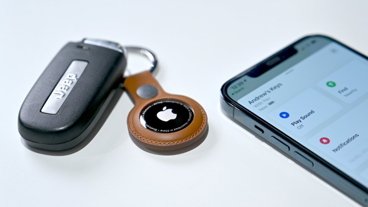Apple highlights invention behind iPhone 5
Apple has laid out a series of inventions and engineering tasks required to bring iPhone 5 to market, noting "we could have taken the easy way out and designed something more reasonable and less remarkable. But we didn't."
The portfolio of inventions appears aimed directly at critics and competitors who have painted Apple as merely an assembler of other company's inventions and mocked the company over supposedly having patented the "rectangle and rounded corners."
"If the technology didn’t exist, we invented it," Apple's site says. "If a component wasn’t small enough, we re-imagined it. If convention was standing in the way, we left it behind. The result is iPhone 5: the thinnest, lightest, fastest iPhone ever."
Apple also took a subtle shot at so-called "phablet" devices that stretch screen sizes to 5 inches or more, noting "it's not just bigger, it's just right."
The company writes, "anyone can make a larger smartphone display. But if you go large for large’s sake, you end up with a phone that feels oversize, awkward, and hard to use."
In contrast, Apple's says the iPhone 5's new 4 inch display is "designed the right way: it’s bigger, but it’s the same width as iPhone 4S. So everything you’ve always done with one hand — typing on the keyboard, for instance — you can still do with one hand."
Thinking small, fighting for progress
To make the newest iPhone just 7.6mm thin, "Apple engineers had to think small, component by component," the company noted, describing tasks such as sliming down the standard micro-SIM card by 44 percent to create a "nano-SIM."
Apple initially hoped to create a virtual software SIM that was reprogrammable and didn't require physical space nor a housing, door and electrical contacts, but carriers globally balked at the idea. Then, after proposing a reduced size nano-SIM as a royalty-free design, competitors Nokia, Motorola and RIM complained.
Nokia was particularly upset that Apple's free design was "an attempt to devalue the intellectual property of others."
The issue wasn't resolved until this June, when the European Telecommunications Standards Institute selected Apple's design over rival proposals that weren't backwardly compatible.
LTE and Lightning
Apple also noted that iPhone 5 puts both LTE data traffic and CDMA voice on the same chip, rather than the conventional dual chip design that its competitors rushed to market over the last year. That makes the new iPhone more battery efficient and smaller, and retaining a 8 hour LTE browsing lifespan.
The phone supports 4G LTE theoretically up to 100Mbps (U.S. LTE carriers currently deliver around 40Mbps, which is still easily twice as fast as most fast cable Internet service) across a variety of providers in the US, Canada, Europe and Asia.
It also supports the same Dual Channel HSDPA as the new iPad, offering speeds up to 42Mbps on carriers that don't yet support LTE (which isn't widespread outside the U.S.; T-Mobile supports DC-HSDPA and is expanding its service with the intent of supporting the iPhone in the future.)
The new phone now also supports dual band WiFi 802.11n on both 2.5 and 5GHz (matching the iPad) allowing it to connect to local wireless networks at up to 150Mbps.
Apple also developed a replacement for its 30-pin Dock Connector, a new 9-pin design that is 80 percent smaller and branded "Lightning" to associate it with Thunderbolt.
Apple also shaved 30 percent off the thickness of the Retina display by integrating touch sensors right into the display pixel matrix, which it says also helps deliver greater display clarity.
29MP robots polishing mirrored chamfers with diamonds
"Look at iPhone 5 and you can’t help but notice the exquisite chamfer surrounding the display," the company boasts. "A crystalline diamond cuts this beveled edge. It’s what gives iPhone 5 its distinctive lines. Fitting for a phone so brilliant."
Apple says that "never before has this degree of fit and finish been applied to a phone," noting that the iPhone 5's housing is visually inspected by machines equipped with 29 megapixel cameras in order to optically recognize and align 725 unique, precision matched inlays.
The phone's own camera is outfitted with a sapphire crystal surface (shown below) with a hardness "second only to diamond on the scale of transparent materials," Apple notes. "That means the surface of the lens is far less likely to scratch."
High tech environmental standards as well
"Every iPhone starting with iPhone 3GS is free of brominated flame retardants (BFRs) and polyvinyl chloride (PVC). That includes our newest iPhone — iPhone 5," Apple notes.
Apple notes that the new phone uses highly recyclable aluminum and glass, pointing out that the "inlays along the top and bottom made of ceramic glass (on the white and silver model) or pigmented glass (on the black and slate model)."
The company also says it goes "so far as to disassemble our products into individual components and materials in our Cupertino lab. Then we test them using many methods, including X-ray fluorescence spectroscopy and ion chromatography. We do this to ensure that every product we release meets our environmental standards."
 Daniel Eran Dilger
Daniel Eran Dilger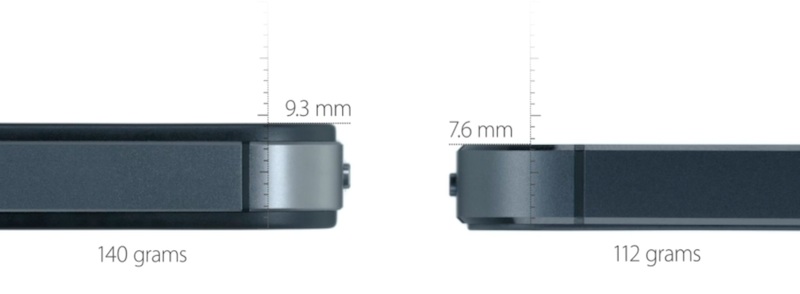
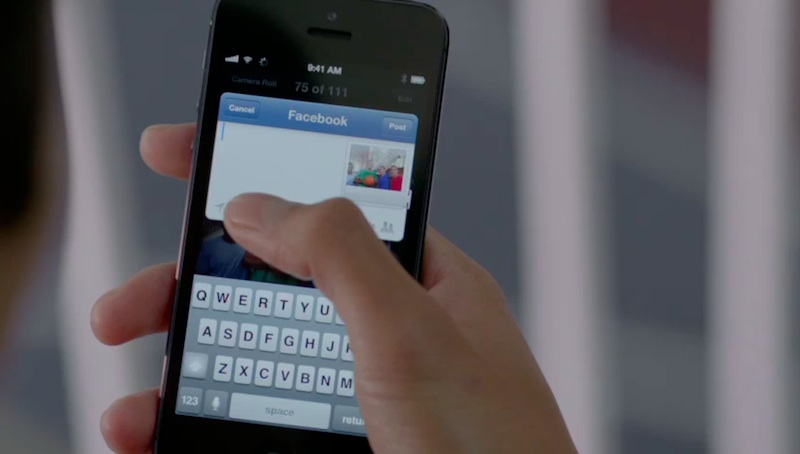
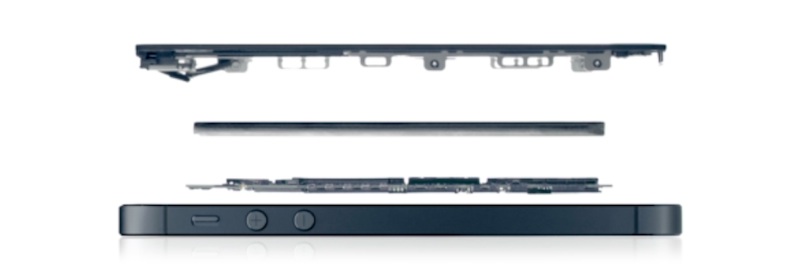
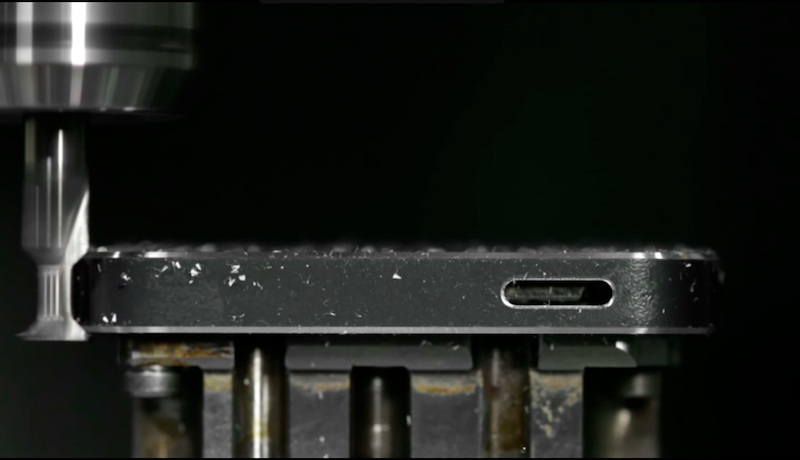
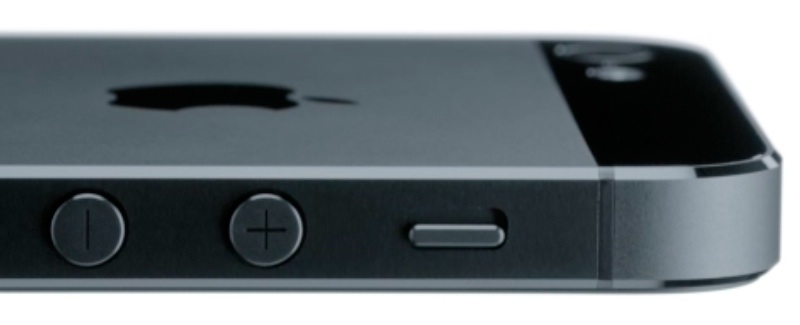
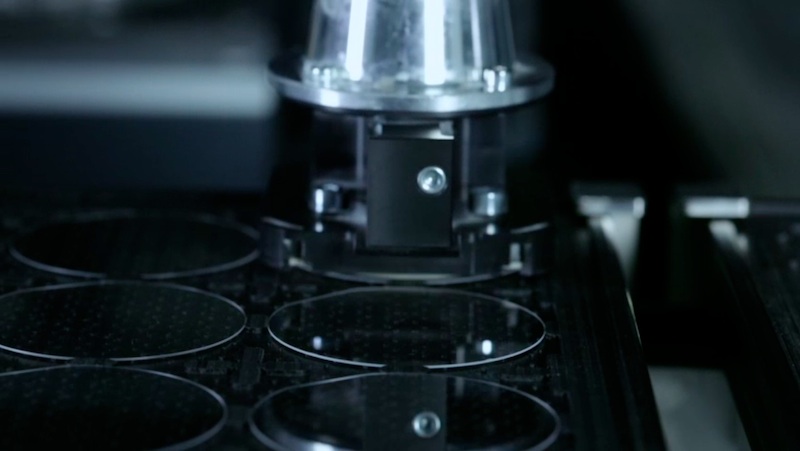











 Christine McKee
Christine McKee
 William Gallagher
William Gallagher
 Andrew Orr
Andrew Orr
 Sponsored Content
Sponsored Content
 Malcolm Owen
Malcolm Owen




